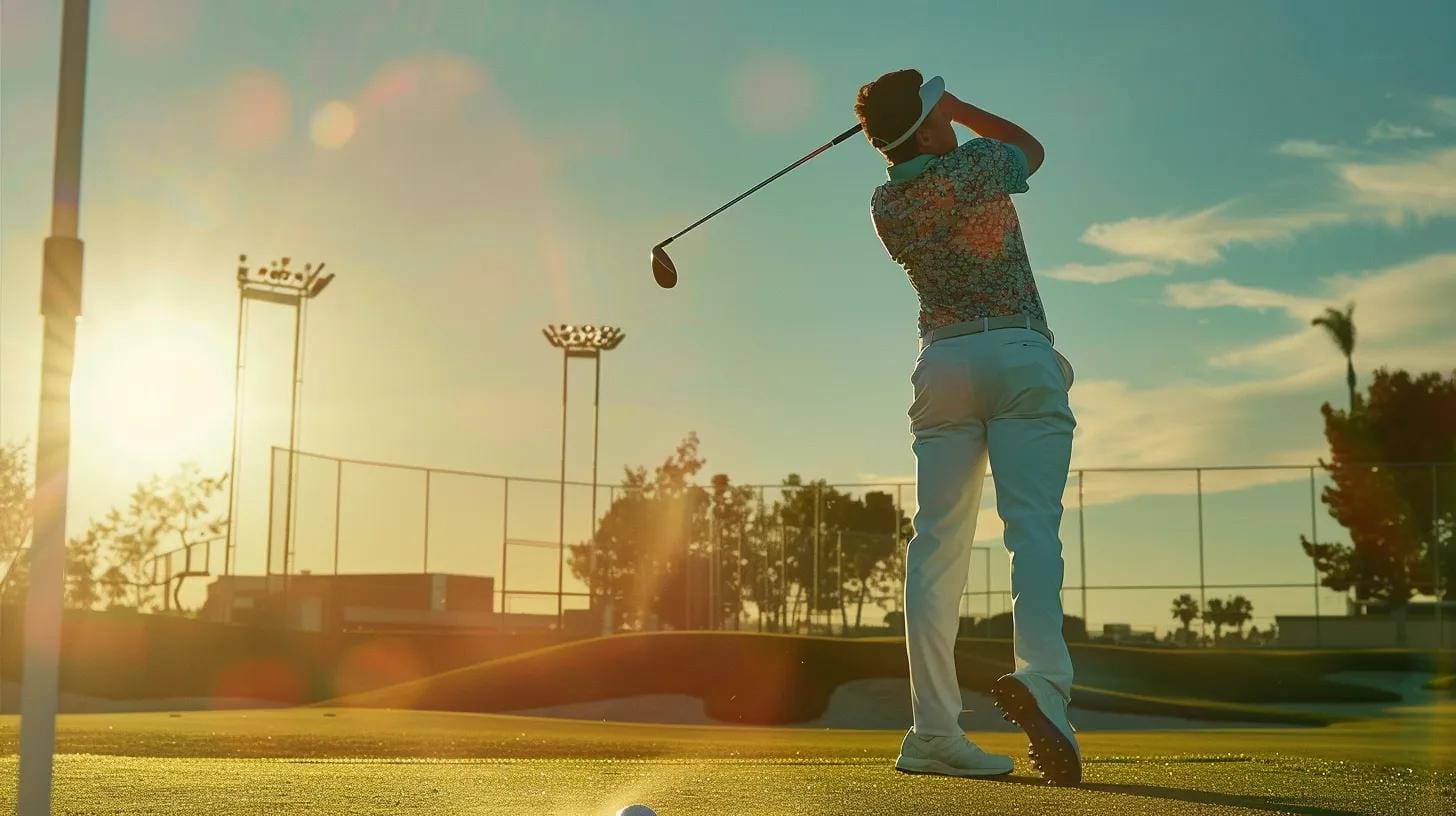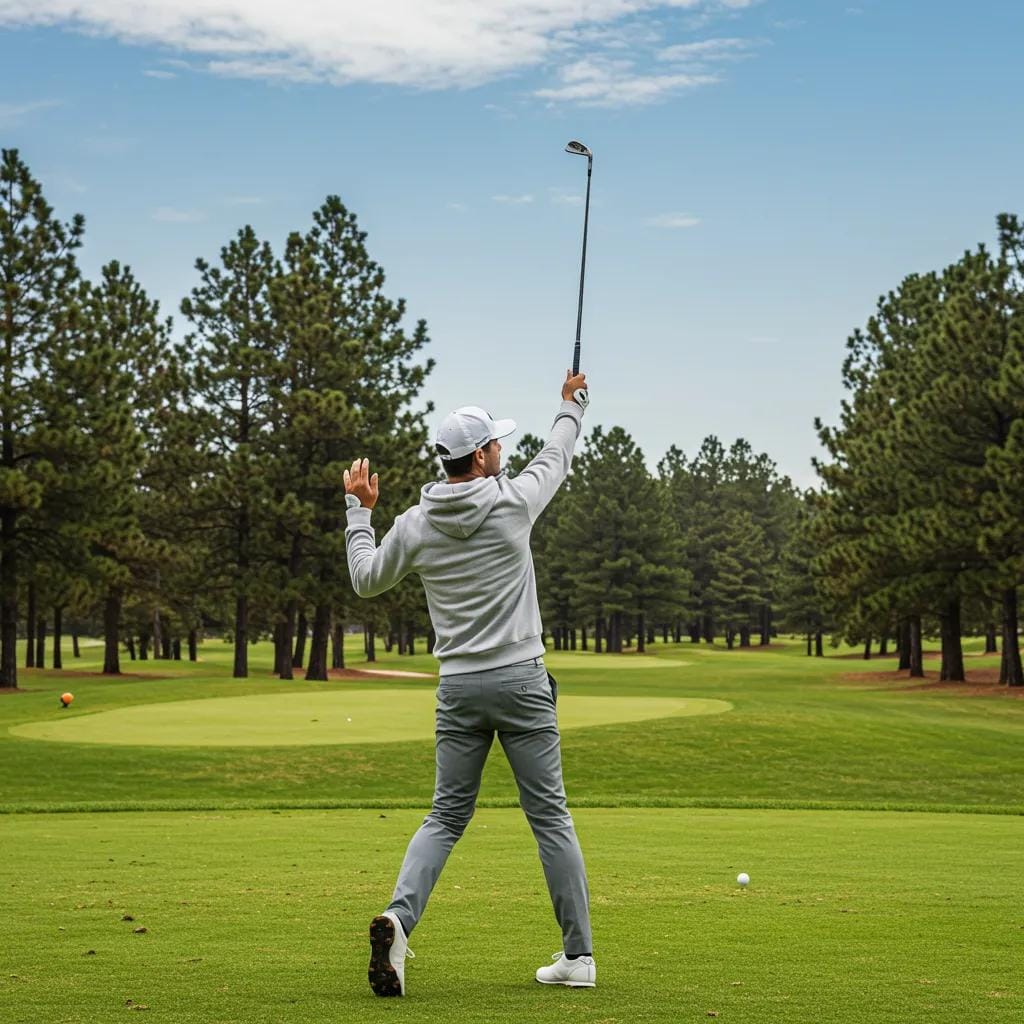When you’re spending hours on the course under the sun, comfort can make all the difference in your golf game. That’s where moisture-wicking golf shirts come in. Designed to pull sweat away from the body and dry quickly, these shirts help regulate body temperature, reduce chafing, and keep you feeling fresh throughout all 18 holes. Beyond comfort, they offer a polished look that suits both casual rounds and competitive play. In this article, we’ll break down the key benefits of moisture-wicking golf shirts and why they’ve become a must-have in every golfer’s wardrobe.
The Secret to Staying Cool on the Green? Moisture-Wicking Shirts
What Are Moisture-Wicking Golf Shirts and How Do They Work?
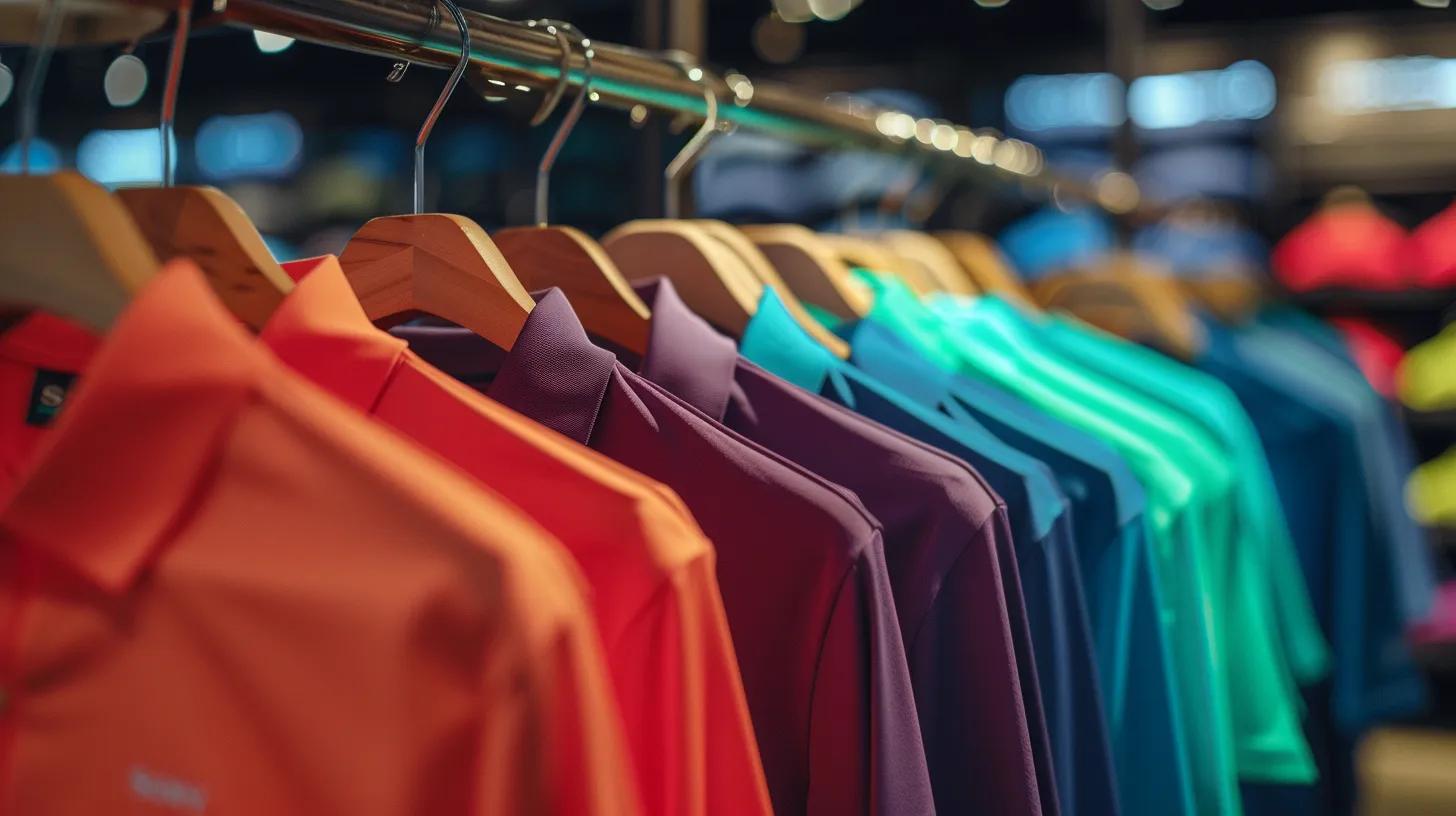
Moisture-wicking golf shirts are made to keep you dry by pulling sweat away from your skin. This sweat moves through the fabric to the outer surface, where it can evaporate more quickly. The goal is to reduce discomfort from dampness during extended activity, like a long day on the golf course.
How Does Moisture-Wicking Fabric Work?
These fabrics rely on a process called capillary action. Tiny channels in the fibers draw moisture away from the skin and distribute it across a wider area. Once spread out, the moisture dries faster than it would if left to sit in one spot. Unlike cotton, which tends to soak up sweat and hold it, moisture-wicking fabrics are designed to move it away from the body.
What Materials Are Used in Moisture-Wicking Shirts?
Most moisture-wicking shirts are made from synthetic fibers like polyester, nylon, or spandex. These materials naturally resist moisture and have the structure needed to support quick drying. Some shirts may include a small percentage of cotton or elastane to improve softness or stretch, but synthetic fibers remain the key to performance. Chemical treatments are sometimes added to help these fabrics maintain their moisture-handling abilities through repeated washing.
How Do These Shirts Improve Comfort on the Course?
Breathability plays a big part. Many shirts feature mesh panels or ventilation zones that allow more air to circulate. This airflow helps cool the body and speeds up the drying process. At the same time, these shirts often use flat seams or seamless designs to prevent skin irritation, which is especially useful for players who are active for long periods.
Why Choose Moisture-Wicking Fabric for Golf?
Golfers spend several hours outside, often in hot or humid conditions. A shirt that stays dry and comfortable can help with focus, grip, and overall endurance. By managing sweat more effectively, moisture-wicking shirts reduce distractions and make it easier to stay cool and steady during a round.
Are These Shirts Only for Performance Use?
While originally designed for athletic wear, moisture-wicking shirts have become more common in everyday clothing as well. Many golf shirts now offer both performance benefits and casual style. This allows golfers to stay comfortable without giving up appearance or fit.
What Are the Key Benefits of Moisture-Wicking Golf Shirts for Golfers?
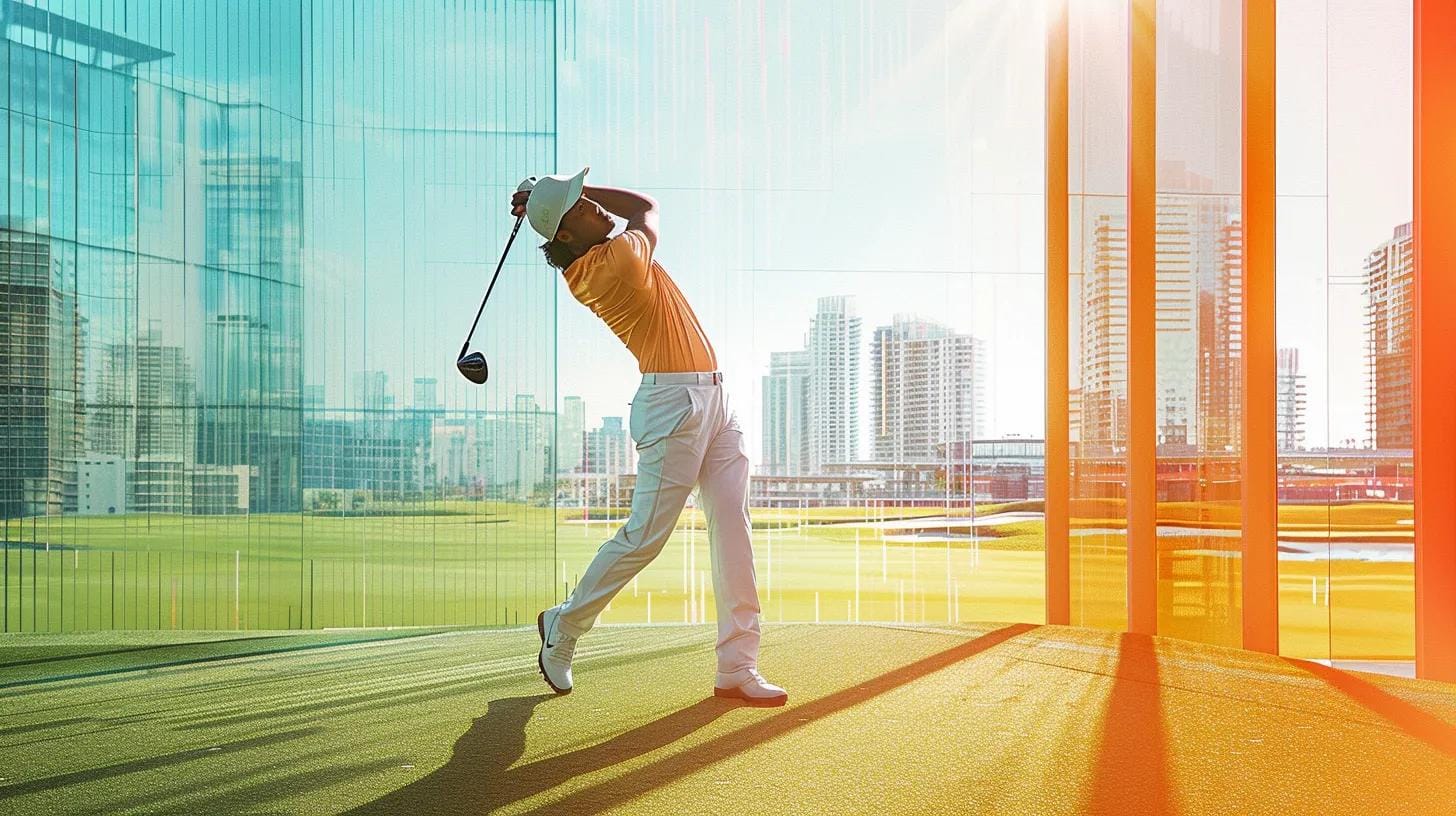
Moisture-wicking golf shirts are designed with performance in mind. These garments help regulate body temperature, reduce distractions from sweat, and allow for full mobility during a round of golf. They’re often chosen for their balance of comfort and function, especially in warm or humid conditions where staying dry matters.
Comfort and Sweat Management on the Course
Playing golf in the heat can be draining, especially when clothing traps sweat against the skin. Moisture-wicking shirts address this by pulling moisture away from the body and spreading it across the surface of the fabric, where it can evaporate more quickly. This keeps the skin dry and reduces the chance of irritation or chafing during long rounds. The fabrics are usually lightweight and breathable, which helps with airflow and allows golfers to focus more on their game than on physical discomfort.
Supporting Athletic Performance
When moisture is managed properly, body temperature stays more stable, which can have a real impact on physical performance. Less overheating and fewer distractions from damp clothing can help players maintain energy and reduce muscle fatigue. Many moisture-wicking golf shirts are cut with movement in mind. Features like stretchable materials and seams that follow the body’s natural range of motion allow for smooth swings and unrestricted play. This can make a noticeable difference in performance, especially during competitive or extended play.
Added Sun Protection
Extended exposure to the sun is a common concern for golfers, especially during midday rounds. Many moisture-wicking shirts come with built-in ultraviolet protection. This is often achieved through a combination of tightly woven fabrics and added treatments during manufacturing. While not a substitute for sunscreen, these shirts can provide an extra layer of defense against sunburn and long-term skin damage. Wearing clothing that offers this kind of protection helps reduce the risk of harmful UV exposure over time.
Durability and Versatility
In addition to performance benefits, moisture-wicking golf shirts tend to hold up well under regular use. The synthetic fibers used in these shirts resist fading, stretching, and damage from frequent washing. That makes them a practical choice for players who spend a lot of time on the course. While designed for golf, their clean, simple look also makes them suitable for casual wear, whether you’re headed to lunch after a round or running errands on a hot day.
How to Choose the Right Moisture-Wicking Golf Shirt for Your Needs?

Finding the right moisture-wicking golf shirt means paying attention to fabric quality, fit, and performance features. Golfers spend hours on the course in changing weather conditions, so choosing the right shirt can make a noticeable difference in both comfort and mobility. The goal is to stay dry, cool, and unrestricted, no matter how long the game goes.
Fit and Style Considerations
Fit is one of the most important factors when selecting a golf shirt. A good shirt should move with your body, not against it. If it’s too tight, it may restrict your swing. If it’s too loose, it might bunch or shift during play. Slim-fit styles tend to work well for golfers who prefer a closer cut, while classic-fit designs offer more room without looking oversized. The key is choosing a cut that feels comfortable and doesn’t distract you during movement. Shirts with a bit of stretch built into the fabric are especially helpful, offering flexibility without sacrificing shape.
Matching Shirts to Weather Conditions
Weather plays a big role in determining which shirt works best. In hot or humid climates, lightweight shirts with strong moisture-wicking properties are essential. These shirts help pull sweat away from the body and encourage faster evaporation, which helps you stay cooler. For early morning or cooler-weather rounds, slightly thicker shirts with moisture management features can provide warmth without trapping sweat. Color can also be a factor—darker shirts may absorb more heat in the sun, while lighter ones can reflect it.
Performance Features That Matter
A high-quality golf shirt often includes more than just basic moisture-wicking fabric. Some are treated with UV protection to reduce sun exposure during long rounds. Others use antimicrobial finishes to help control odor, especially important during extended play or back-to-back games. The way a shirt is constructed also affects performance. Flat seams can reduce skin irritation, and strategically placed ventilation zones can improve airflow in key areas. Pay attention to the collar, too. Some golfers prefer structured collars for a more polished look, while others go for more relaxed styles that sit comfortably without folding up or shifting around.
How Do Moisture-Wicking Golf Shirts Compare to Traditional Golf Shirts?

In the world of golf apparel, moisture-wicking shirts have become a preferred choice for many players, thanks to their ability to manage sweat, improve comfort, and support better overall performance. Compared to traditional cotton options, these modern shirts offer a clear advantage on the course.
Fabric Differences That Matter
Traditional golf shirts are typically made of cotton, a fabric known for comfort but poor moisture management. Once sweat begins to build up, cotton tends to absorb and hold it, leaving the shirt damp and heavy. This can lead to chafing and discomfort over the course of a round, especially in warm or humid conditions.
Moisture-wicking shirts, by contrast, are made from synthetic materials like polyester or nylon. These fabrics are engineered to draw moisture away from the skin and move it to the outer surface of the shirt, where it evaporates more quickly. The result is a lighter, drier feel throughout the day, even during intense activity.
Performance That Supports Play
Staying cool and dry directly impacts how a golfer performs. Moisture-wicking shirts help regulate body temperature by speeding up sweat evaporation, which supports the body’s natural cooling process. In hot weather, this helps reduce fatigue and maintain energy levels for longer periods.
The construction of these shirts often includes added stretch or mesh panels that promote airflow and ease of movement. Unlike some traditional options, which may cling or restrict motion once wet, moisture-wicking shirts are designed to move with the body. This makes it easier to focus on mechanics without being distracted by discomfort.
Professional-Level Features with Everyday Value
The design of moisture-wicking shirts tends to reflect the needs of serious players. From reinforced seams to athletic cuts, these shirts often offer features that improve both appearance and functionality. Some include built-in UV protection and antimicrobial properties that reduce odor buildup, which can be a major benefit during long rounds.
Professional golfers often choose moisture-wicking apparel because it delivers consistent results across a variety of conditions. The ability to stay dry and cool not only improves comfort but also supports mental clarity and confidence during competitive play.
A Better Fit for Modern Golfers
While classic cotton shirts still have a place in the game, especially for more formal settings or personal style preferences, moisture-wicking options offer clear practical benefits. For players looking to stay comfortable from the first tee to the final hole, investing in moisture-wicking golf shirts can make a noticeable difference.
How Should You Care for Moisture-Wicking Golf Shirts to Maintain Their Benefits?
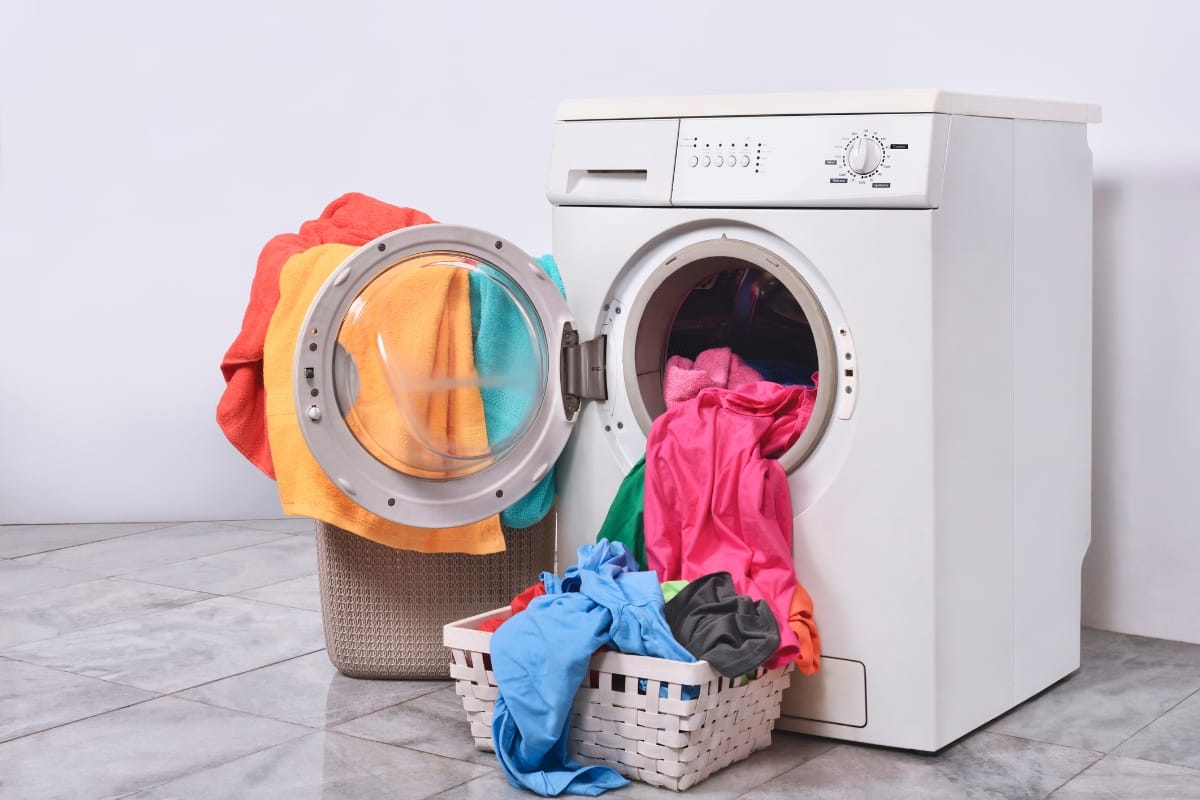
Moisture-wicking golf shirts are built to keep players cool, dry, and comfortable during play. However, the fabric technology that delivers those benefits can break down over time without proper care. To keep your shirts performing as intended, a consistent maintenance routine is essential. Regular attention to washing and drying practices will help extend the life of the fabric and preserve its ability to manage sweat and protect against UV exposure.
Best Practices for Washing and Drying
When it comes to cleaning moisture-wicking shirts, less is more. Using cold water and a gentle wash cycle helps prevent the fibers from breaking down. A mild detergent is recommended to avoid coating the fabric with residues that can reduce its ability to pull moisture away from the skin. Fabric softeners should be avoided, as they often leave a coating that blocks the fabric’s wicking properties. Similarly, bleach and other harsh chemicals can weaken the material and reduce durability.
Drying should be done with care. High heat from a dryer can damage synthetic fibers, causing them to shrink or lose shape. Air drying is the safest option, especially if you want to maintain the fit and function of the shirt. If machine drying is necessary, using a low or no-heat setting is the next best option. Hanging shirts to dry also helps reduce wrinkles and eliminates the need for additional ironing.
Keeping Performance Features Intact
To preserve the shirt’s ability to manage moisture and offer UV protection, it’s important to follow any specific care instructions provided by the manufacturer. Even small changes in how a garment is washed can have an impact on how long it performs well. Exposure to chlorine, whether from pools or harsh detergents, can degrade both the wicking and sun-blocking features. Gentle handling during washing and drying will help retain the qualities that make moisture-wicking shirts effective on the course.
Knowing When to Replace Your Shirt
Even with proper care, these shirts won’t last forever. Over time, you may notice that the shirt no longer feels as dry during play, or that the fabric starts to thin and lose its elasticity. Visible fading, stretched-out seams, and a general decline in fit are signs that the shirt is reaching the end of its functional lifespan. UV protection may also fade with repeated washing and exposure to the elements. For players who golf regularly, replacing a shirt every one to three seasons is a reasonable expectation, depending on usage and how well the garment is maintained.
Frequently Asked Questions
Q: What is the main difference between moisture-wicking and traditional golf shirts? A: The biggest difference lies in how the fabrics handle sweat. Moisture-wicking shirts are designed to pull sweat away from your skin and help it evaporate quickly, keeping you dry and comfortable. Traditional shirts, especially those made from cotton, tend to absorb sweat and stay damp, which can feel heavy and uncomfortable during play.
Q: How do moisture-wicking fabrics help regulate body temperature? A: These fabrics move sweat away from your skin and allow it to evaporate on the outside of the shirt. This evaporation process helps cool your body naturally, which can prevent overheating during long rounds and keep you feeling more balanced in both hot and humid conditions.
Q: Can I machine wash and dry my moisture-wicking golf shirt without damaging it? A: Yes, but you’ll want to be a little careful. Use cold water on a gentle cycle and stick with mild detergent. Avoid using bleach or fabric softeners, as these can break down the performance fibers. Air drying is ideal, but if you use a dryer, opt for low heat to help preserve the shirt’s structure and moisture-wicking capabilities.
Q: Are moisture-wicking golf shirts suitable for all weather conditions? A: Definitely. They’re most commonly associated with warm weather because they keep you cool and dry, but they also work well in cooler temperatures when layered properly. In cold weather, they help prevent sweat from sitting on your skin, which can otherwise make you feel chilled.
Q: What should I consider when choosing a moisture-wicking golf shirt in terms of style and fit? A: Look for a shirt that fits well without restricting movement. Some golfers prefer a slim or athletic fit, while others feel more comfortable in a classic cut. A good shirt should stay in place during your swing and offer enough stretch to move with your body. Features like mesh panels or ergonomic stitching can also improve airflow and reduce irritation.
Final Thoughts
Moisture-wicking golf shirts keep you cool, dry, and focused on every swing—so you can play your best from the first tee to the final putt. Ready to upgrade your golf wardrobe with top-quality, performance-driven apparel? Reach out to Golf Shot Apparel today at 888-950-9515 or visit our store to find your perfect moisture-wicking shirt and step onto the course in comfort and style.

